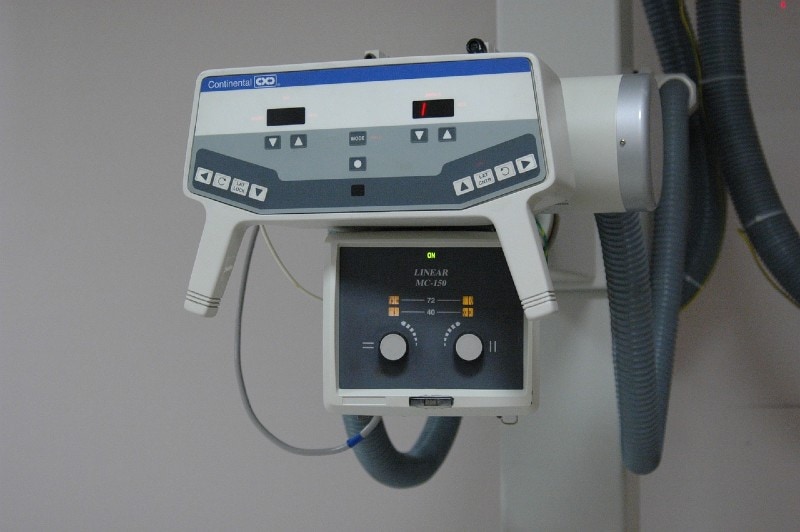What Is the Speed of Radio Waves? The Surprising Answer!
Last Updated on

Similar to light, radio waves are a type of electromagnetic radiation. They are used in communications and are most commonly seen in televisions and audio broadcasts but may also be used to send signals to and from spacecraft and space stations. Although many people think of them as a form of soundwave because they are converted by receivers to create audio, radio waves are actually electromagnetic, which means that they are similar to and travel at the same speed as light.
Radio waves travel at 300,000 kilometers per second. They can only achieve this speed in a vacuum but are only fractionally slower in Earth’s atmosphere.

What Is the Speed of Radio Waves?
Radio waves are electromagnetic radiation like sound waves, microwaves, and X-rays. All of these types of radiation travel at the same speed, which is 300,000 kilometers per second. This means that radio waves could travel around the earth seven times in a single second. It would take 8 minutes for them to travel from Earth to the Sun, and 4 years to reach the nearest star.

How Far Can a Radio Wave Travel?
Radio waves, and all forms of electromagnetic radiation, dissipate in Earth’s atmosphere, which means that they will eventually stop. However, in the void of space, they will travel on forever so they have no limit to the distance they will travel.
Are Radio Waves Harmful?
Radiofrequency radiation, which is the type of radiation caused by radio waves, is considered non-ionizing radiation, which means that it does not remove electrons from an atom and does not cause cancer. However, if the body absorbs enough radiofrequency radiation, it can cause parts of the body to heat up, which may cause burns and other related injuries.
It is also theorized that some forms of non-ionizing radiation may cause damage or changes to the body’s cells that lead to cancer, so while they don’t directly cause cancer, it is possible that some of this radiation may indirectly lead to cancerous changes of the body’s cells.
Radio waves are not considered harmful at the levels that most people are exposed to them, although research continues into the effects of non-ionizing radiation in general.
Does Rain Affect Radio Waves?
Radio waves are, or can be, affected by rain. The waves are reflected, refracted, and essentially diverted by the rain. This can lead to a phenomenon called rain fade, which means that the radio wave signal fades over distance, and it can have a significant impact on the use of radio waves for communication and other purposes.

Final Thoughts
Radio waves are used to transmit data, including pictures and audio, but while many people think of radio waves as a type of sound wave because radio plays sounds, radio waves are actually a type of electromagnetic radiation, which means that they are in the same class as light. They even travel at the same speed of light, which is slightly slower than 300,000 kilometers per second. Radio waves can travel to the Sun in 8 minutes but can be affected by rain. They are not thought to cause cancer in humans or animals.
Featured Image Credit: Mariakray, Pixabay
About the Author Robert Sparks
Robert’s obsession with all things optical started early in life, when his optician father would bring home prototypes for Robert to play with. Nowadays, Robert is dedicated to helping others find the right optics for their needs. His hobbies include astronomy, astrophysics, and model building. Originally from Newark, NJ, he resides in Santa Fe, New Mexico, where the nighttime skies are filled with glittering stars.
Related Articles:
What Is the Best Binocular Magnification for Hunting? Optical Features Explained
How to Clean a Refractor Telescope: Step-by-Step Guide
How to Clean a Telescope Eyepiece: Step-by-Step Guide
How to Clean a Rifle Scope: 8 Expert Tips
Monocular vs Telescope: Differences Explained (With Pictures)
What Is a Monocular Used For? 8 Common Functions
How to Clean a Telescope Mirror: 8 Expert Tips
Brightfield vs Phase Contrast Microscopy: The Differences Explained
